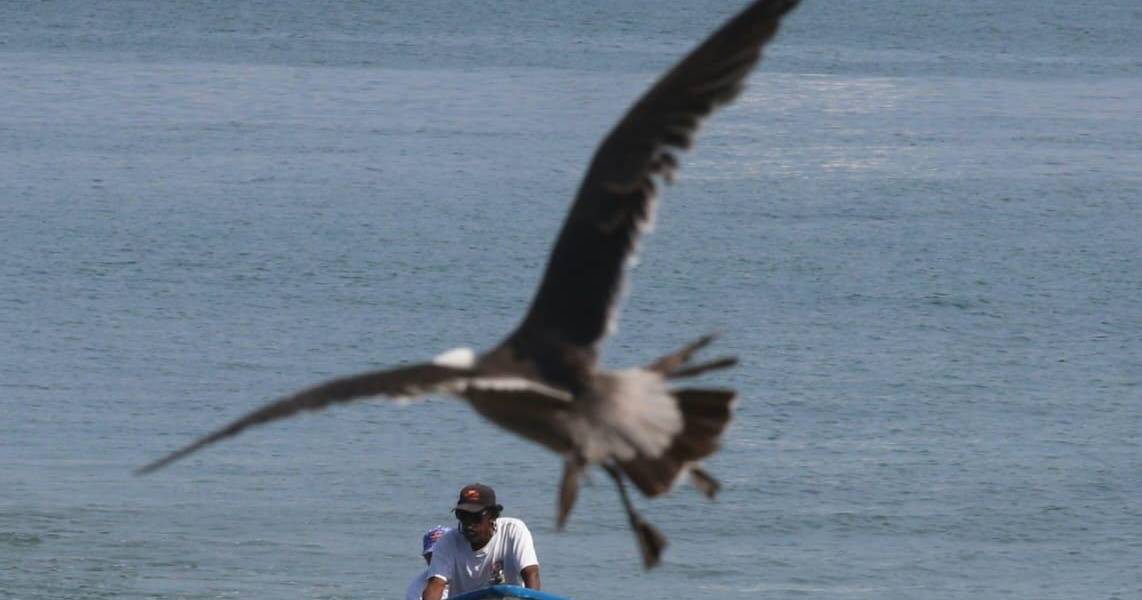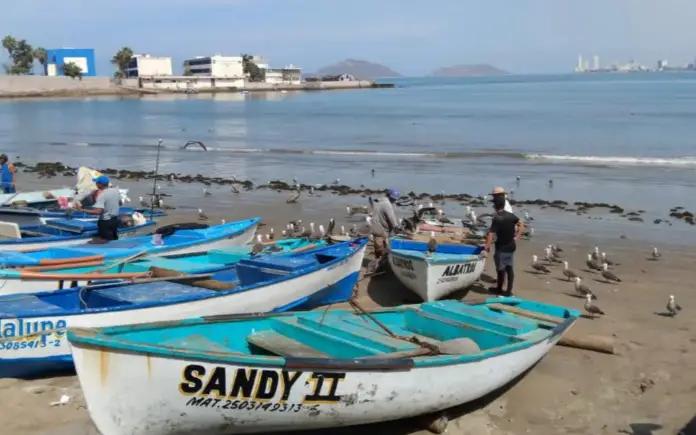The “pajarito,” Mazatlán’s most anticipated delicacy, is delayed by the cold waters off the port’s coast, according to fishermen.
By May 15th, or hopefully a little earlier, schools of Mazatlán’s most popular fish could be arriving, due to its flavor and low cost, said Genaro Cabrera Patrón.
The fisherman from Playa Norte noted that last year the season began in the first week of April, so hope is alive, something he agreed with fishermen from Isla de la Piedra.
“I am a seafarer, and there are times when there is no “pajarito” fishing here. The “pajarito” doesn’t spawn here, because sometimes the water is cold and they seek warm waters,” he explained.
He said that the “pajarito” fish represents a blessing when it arrives on the shores of Mazatlán, which even turns into a big party.
“We have that blessing that God gives us, that it comes and spawns here in Sinaloa, mainly in the port of Mazatlán. In recent seasons, it has been. There are times when it comes very well and everyone is happy because everyone eats and earns,” he emphasized.
The fishermen who catch this peculiar billfish at Playa Norte are approximately 20 large boats with a capacity of 300 to 400 kilos per trip, using lamps that attract them to be caught with cast nets or spoons.
Fishing is concentrated in coastal waters, near the central islands, and must be done at night, so when the boats arrive, by the time they return, it becomes a feast for the local population waiting for them, he explained.
The arrival of the popular “pajarito” fish to Mazatlán is delayed
The “pajarito” fish has become a good food option and is highly sought after during its arrival season between May and June, as a kilo sells for less than 100 pesos.
Its presence on the port’s shores lasts just under 90 days, as it is a species that travels in search of warm waters.
The “pajarito” flies over the sea and in flocks represents quite a spectacle and is therefore as highly valued as a treasure of the sea.
At the pier at Isla de la Piedra, its representative, Ernesto González, agreed that the 30 boats there, as well as the 20 at Playa Norte, already have their cast nets ready for when they start fishing.
A fishing trip takes about two hours, so he explained that they take as many trips as they can.
At the same time, they catch croaker, snapper, bream, and lobster during the day, which also earn them a good profit.
On land, a bucket full of “pajaritos” sells for 300 to 450 pesos, while a kilo sells for 100 pesos, and uncleaned, 70 pesos.
The Center for Food and Development Research has noted that production has declined in the last decade due to overexploitation and the impact of changing temperatures in coastal marine waters, which must be warm for reproduction.
Although there are no formal regulations for fishing for “pajaritos,” the National Fisheries Charter establishes the mandatory use of cast nets and spoons as a fishing method to minimize environmental impact.

Source: noroeste




